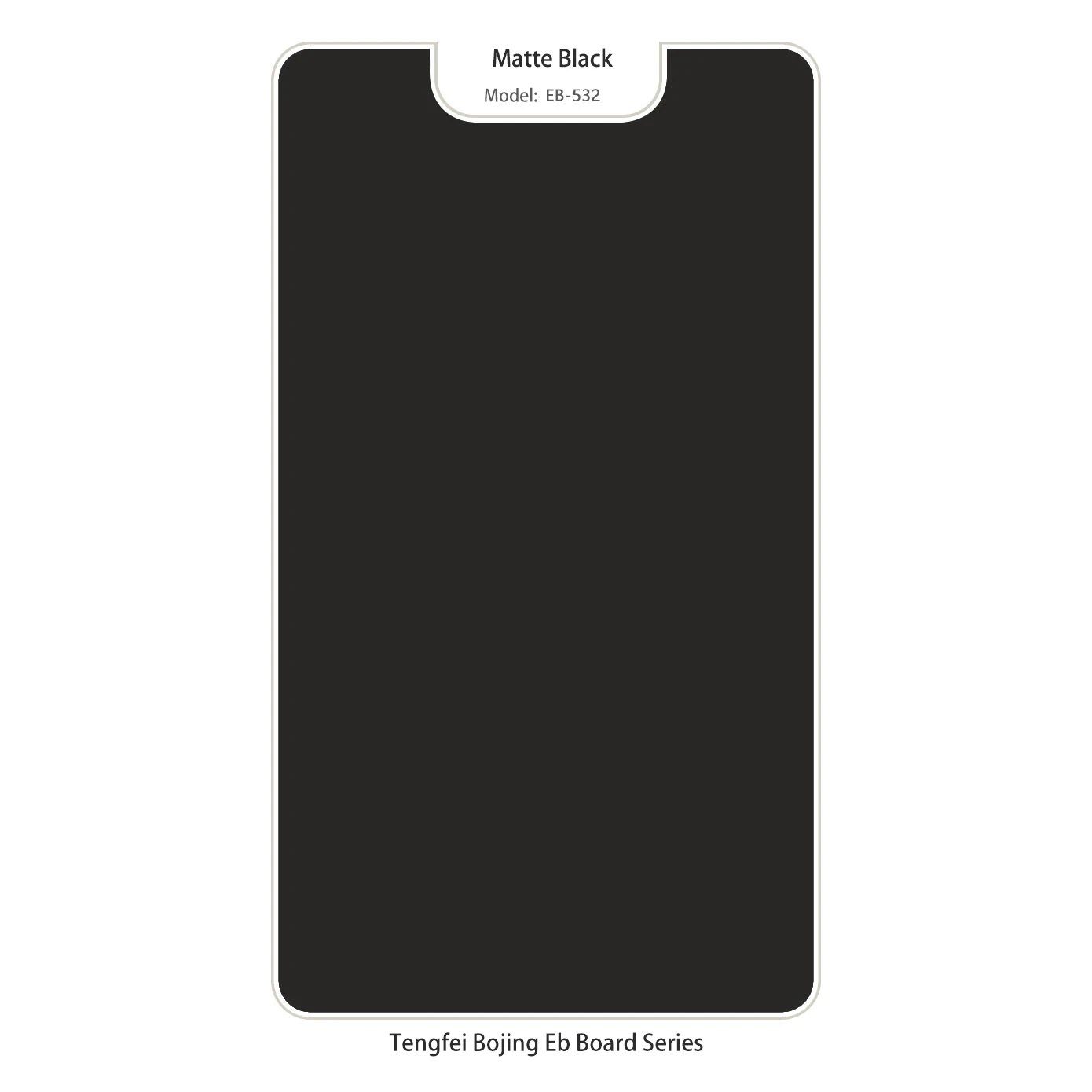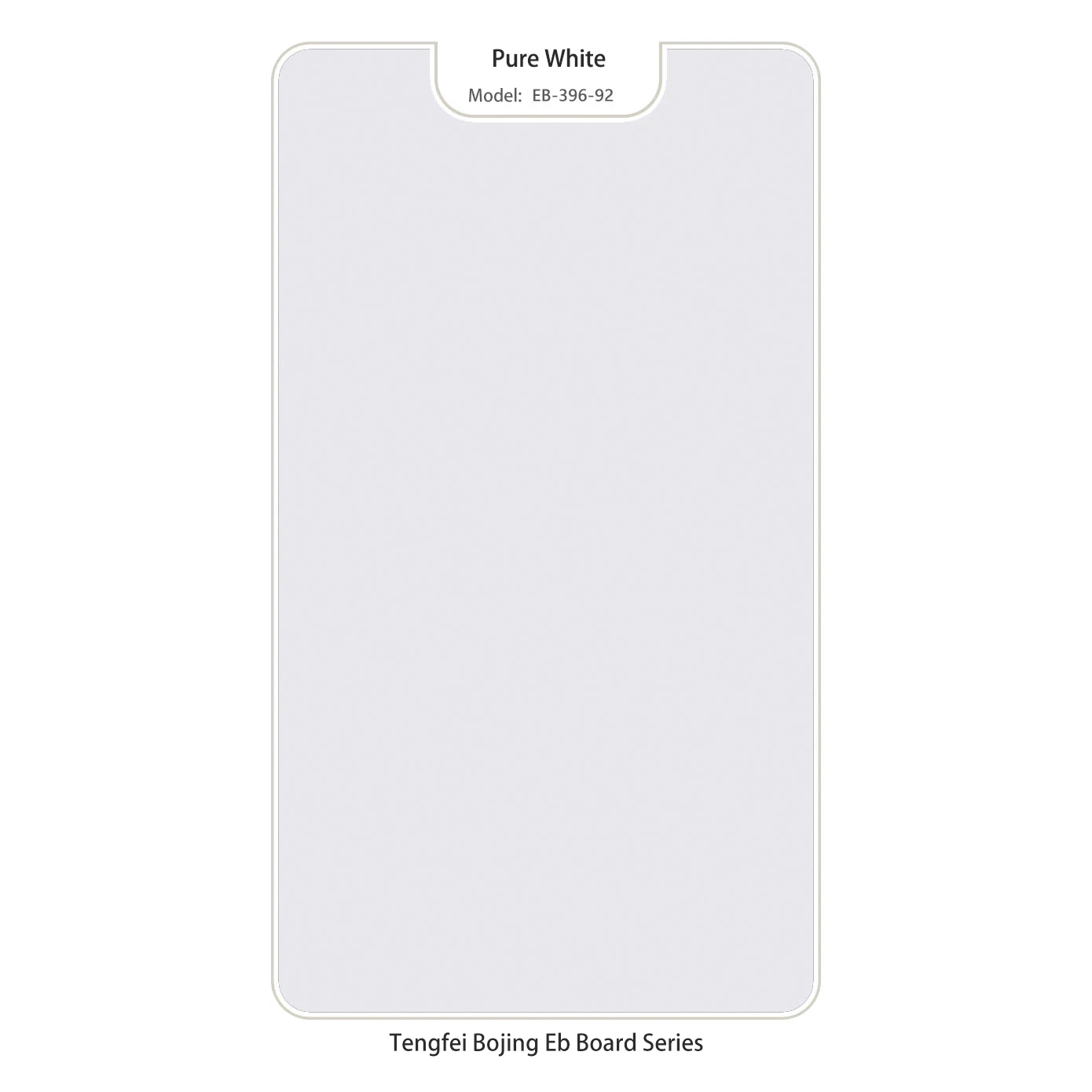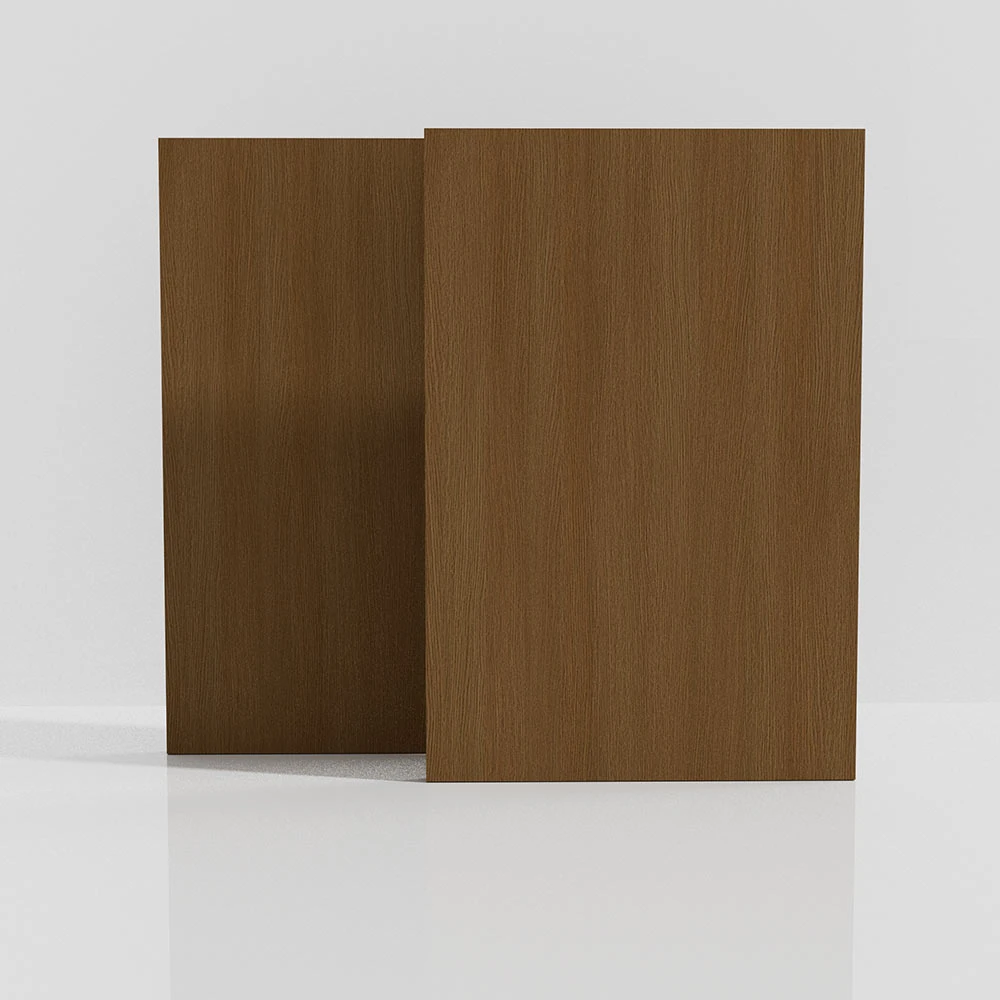- Introduction to Melamine Particle Board Sizes
- Understanding Key Product Dimensions and Technical Advantages
- Comparative Analysis of Major Manufacturers
- Pre-laminated and Particle Board Flooring Size Variations
- Custom Solutions for Project-Specific Requirements
- Real-world Application Cases and Performance Evaluation
- Conclusion: Selecting the Right Melamine Particle Board Size
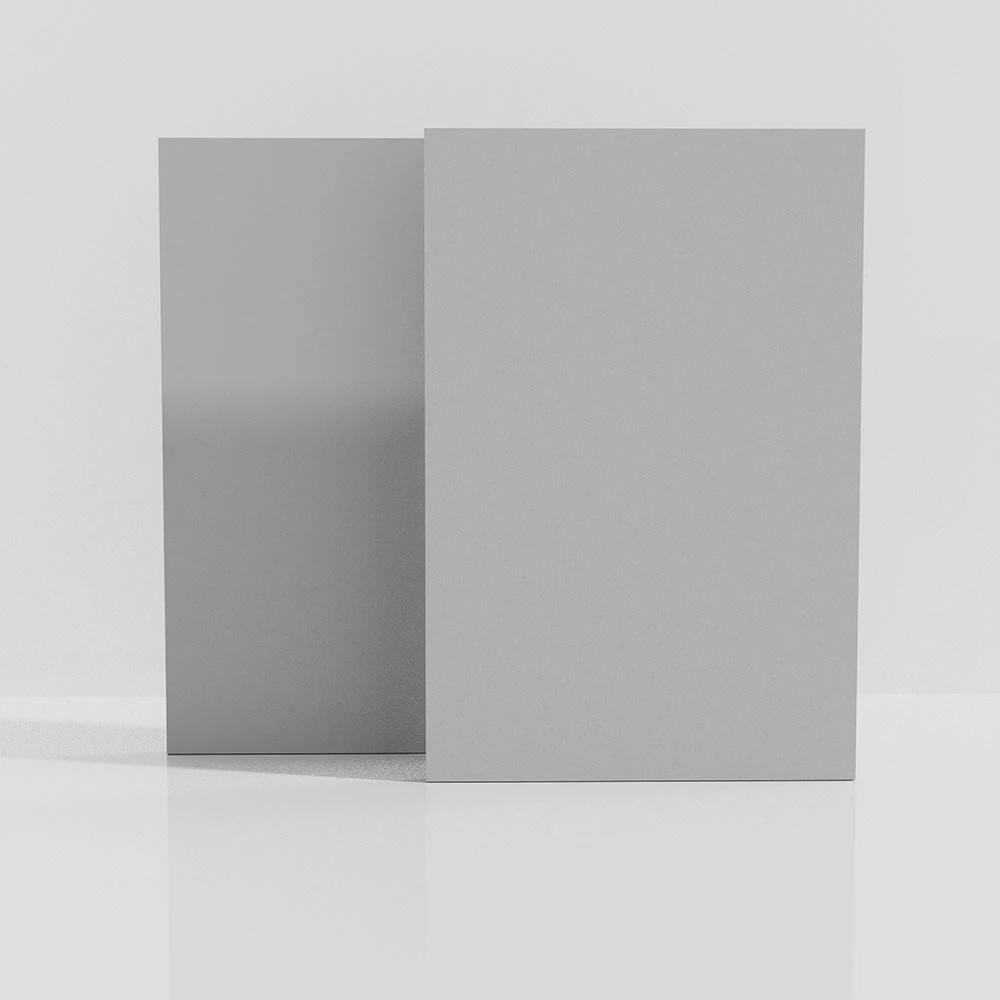
(melamine particle board sizes)
Introduction to Melamine Particle Board Sizes
The demand for melamine particle board sizes
has escalated steadily in both residential and commercial construction sectors. Understanding the sizing standards and their implications on project outcomes is fundamental for architects, designers, and procurement specialists. There are multiple options available when exploring particle board flooring sizes and pre laminated particle board sizes, each fulfilling specific structural and aesthetic requirements.
The global market for engineered wood products, valued at over $130 billion in 2023, attributes a significant portion of its growth to the adaptability and variety offered by engineered particle boards. Melamine-faced particle boards comprise a robust solution for carcassing, paneling, and surface layering. Their sizes directly influence factors ranging from loading capabilities to ease of transportation and assembly.
Understanding Key Product Dimensions and Technical Advantages
Melamine particle board sizes are commonly manufactured in standardized thicknesses, widths, and lengths to cater to diverse applications. Standard thicknesses include 9mm, 12mm, 15mm, 18mm, and 25mm, while widely used dimensions are 1220mm x 2440mm, 1830mm x 2440mm, and 2100mm x 2800mm. These standardized options offer flexibility for designers and builders to select dimensions that minimize waste and optimize performance.
The technical advantages of melamine particle board are significant. Its high-density composition (typically 650–750 kg/m³) ensures stable mechanical properties, while its melamine surface delivers resistance to scratches, moisture, stains, and household chemicals. High-quality boards exhibit bending strengths in excess of 11 MPa and swelling after 24 hours below 15%, making them suitable even for moisture-prone environments like kitchens and restrooms.
The dimensional selection affects performance; for example, thinner boards (9–12mm) are ideal for carcassing, whereas thicker boards (18–25mm) are recommended for shelving, flooring, and load-bearing applications. The compatibility with standardized hardware and fixing systems further augments its utility across numerous industries.
Comparative Analysis of Major Manufacturers
To facilitate an informed choice, a comparative evaluation of leading melamine particle board producers is essential. Key considerations include sizing variety, mechanical performance, price points, and sustainability certifications. Below is a tabulated overview comparing three prominent manufacturers: Egger (Austria), Kronospan (Germany), and Arauco (Chile).
| Manufacturer |
Country |
Common Thickness (mm) |
Standard Board Sizes (mm) |
Bending Strength (MPa) |
Formaldehyde Emission |
Key Certification |
| Egger |
Austria |
8, 10, 12, 16, 18, 22, 25 |
1220x2440, 1830x2800 |
12–14 |
E1 (<0.124 mg/m³) |
FSC, PEFC |
| Kronospan |
Germany |
10, 12, 15, 18, 25 |
1220x2440, 1830x2440 |
11–13 |
E0, E1 |
FSC, CARB2 |
| Arauco |
Chile |
9, 12, 15, 18, 25 |
1220x2440 |
10–12 |
E1, CARB2 |
FSC, LEED |
Manufacturers distinguish themselves not only by the range of melamine particle board sizes but also by the consistency and environmental impact of their boards. Compliance with international certifications and emission standards is a strong indicator of product quality and safety, especially important for large-scale public or institutional projects.
Pre-laminated and Particle Board Flooring Size Variations
Particle board flooring sizes are engineered to meet structural load requirements while maximizing ease of installation and system compatibility. Typical flooring boards are manufactured in dimensions such as 600mm x 2400mm and 900mm x 2400mm, with thickness options between 15mm and 25mm based on the intended usage (residential or light commercial).
For pre laminated particle board sizes, the finished surface is applied during production, ensuring a uniform, durable, and decorative top layer. Standard sizes align with those for plain boards, but the surface design, texture, and color customization elevate their application for visible panels, cabinetry, and display units. High-density options are often preferred for load-bearing applications, while lighter, thinner panels suit decorative purposes.
Manufacturers such as Greenlam and Action Tesa provide additional laminating options, with over 200 surface designs and textures for project-specific matching. Pre-laminated boards can reduce workflow complexity by eliminating post-manufacturing surface treatment, thereby cutting costs and minimizing site errors.
Custom Solutions for Project-Specific Requirements
Not all construction or furniture projects can be accommodated with off-the-shelf melamine particle board sizes. Custom sizing, thicknesses, or surface treatments are often essential for projects with unique spatial constraints or design ambitions. Reputed manufacturers accept made-to-order requests for non-standard lengths (up to 3000mm), specialized thicknesses, and bespoke surface finishes.
For large institutional developments and custom furniture installations, ordering boards with pre-drilled holes, grooving, or routing can dramatically reduce fabrication time on-site while increasing fit and finish accuracy. Moreover, clients can specify advanced features, such as ultra-low formaldehyde content (IDEA: E0 or “Super E0” range), moisture-resistant core, or enhanced fire retardancy—all of which broaden the spectrum of safe, sustainable construction.
The scalability of personalized production runs depends largely on manufacturer capacity, with typical minimum order quantities starting from 100 sheets for standard customizations. Lead times for customization average between 2 to 4 weeks depending on specification complexity and supply chain variables.
Real-world Application Cases and Performance Evaluation
Melamine particle boards have proven themselves in a wide spectrum of real-life applications. One notable example involves a recent retail rollout by a Europe-based department store chain, which utilized over 15,000 sheets of 18mm, 1220x2440mm pre-laminated particle board across 130 outlets. The result was a 12% reduction in project costs and 30% faster installation compared to their previous use of plywood with post-lamination.
In commercial office fit-outs, designers have prioritized melamine-faced boards for workstation dividers and shelving, citing benefits such as consistent surface quality, customizable finishes, and superior edge durability. According to a 2022 performance survey, 92% of contractors reported significant improvement in both build speed and defect rates when transitioning from traditional MDF or plywood solutions to melamine-faced particle boards for panelling and partitioning.
Educational facilities increasingly specify melamine particle board for laboratory desks and classroom furniture due to its combination of hygiene, resistance to surface damage, and cost-effectiveness. Swelling and wear measurements in these environments have consistently fallen within manufacturer guarantees, with annual replacement rates below 5%—a testament to the board’s real-world performance.
Conclusion: Selecting the Right Melamine Particle Board Size
The abundance of melamine particle board sizes available on the market empowers designers, builders, and procurement teams to achieve project aims efficiently and sustainably. Beyond conventional sizing, the industry’s ability to deliver tailored solutions—from enhanced mechanical properties to surface personalization—ensures that both functional and aesthetic criteria are met. Thorough comparison of manufacturers, technical performance data, and practical application studies is indispensable for optimizing specification choices.
As construction and interior projects evolve in complexity, the integration of certified, size-optimized melamine particle board remains a cornerstone of progressive, cost-effective building methodologies. When judiciously selected and specified, these versatile engineered boards can outperform expectations across a broad spectrum of applications.
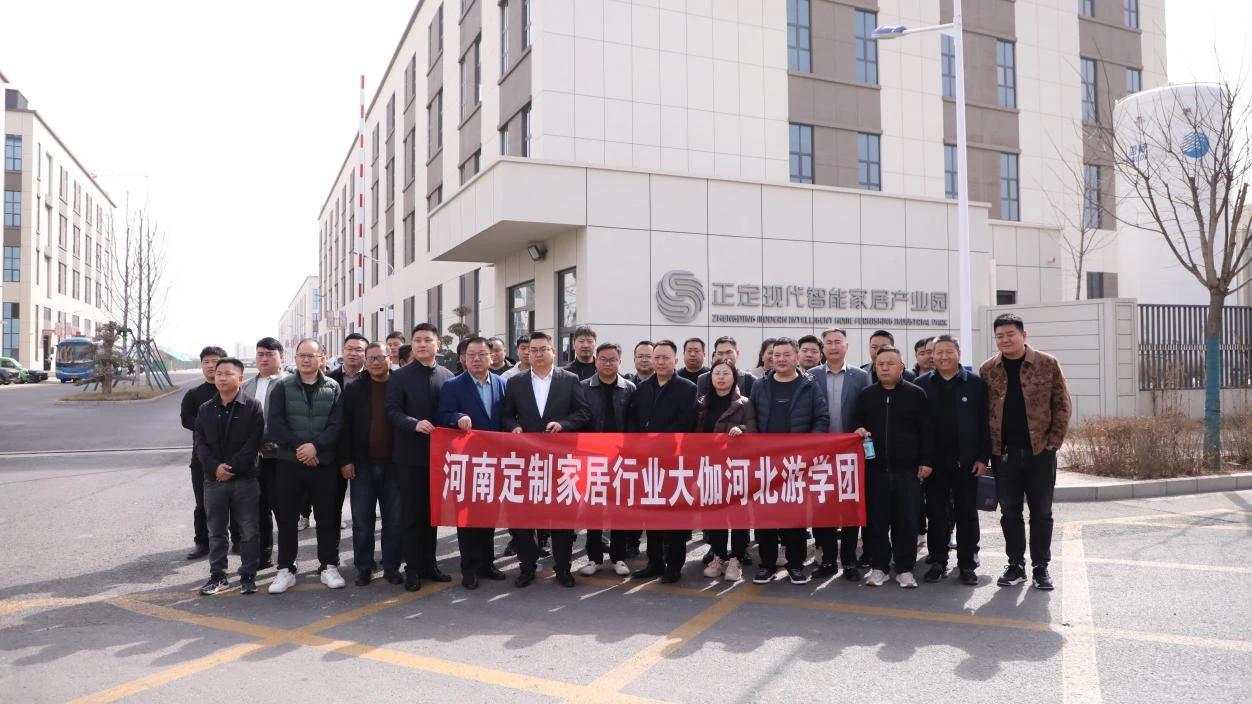
(melamine particle board sizes)
FAQS on melamine particle board sizes
Q: What are common melamine particle board sizes?
A: Common melamine particle board sizes include 1220x2440mm, 1830x2440mm, and thicknesses such as 9mm, 12mm, 16mm, and 18mm. Custom sizes may also be available from some suppliers. Always check with your local provider for specific size options.
Q: What sizes does particle board flooring come in?
A: Particle board flooring sizes typically include 600x2400mm, 900x1800mm, and thicknesses like 19mm and 25mm. These dimensions suit most residential and commercial flooring applications. Confirm the exact size with your supplier before purchase.
Q: Which sizes of pre laminated particle board are available?
A: Pre laminated particle board sizes commonly range from 1220x2440mm, 1830x2440mm to custom dimensions. Thickness choices usually include 8mm, 12mm, 16mm, and 18mm. Contact manufacturers for special size requirements.
Q: Can I get custom sizes for melamine particle board?
A: Yes, many manufacturers offer custom cutting for melamine particle boards. You can specify the size and thickness you need. Additional fees or minimum order quantities may apply.
Q: Are thickness options different among melamine, particle board flooring, and pre laminated boards?
A: Thickness options may vary with the application: melamine boards often range 8–18mm, particle board flooring is usually 19–25mm, and pre laminated boards are typically 8–25mm. Always choose according to your project needs. Ask your supplier for available thicknesses.
